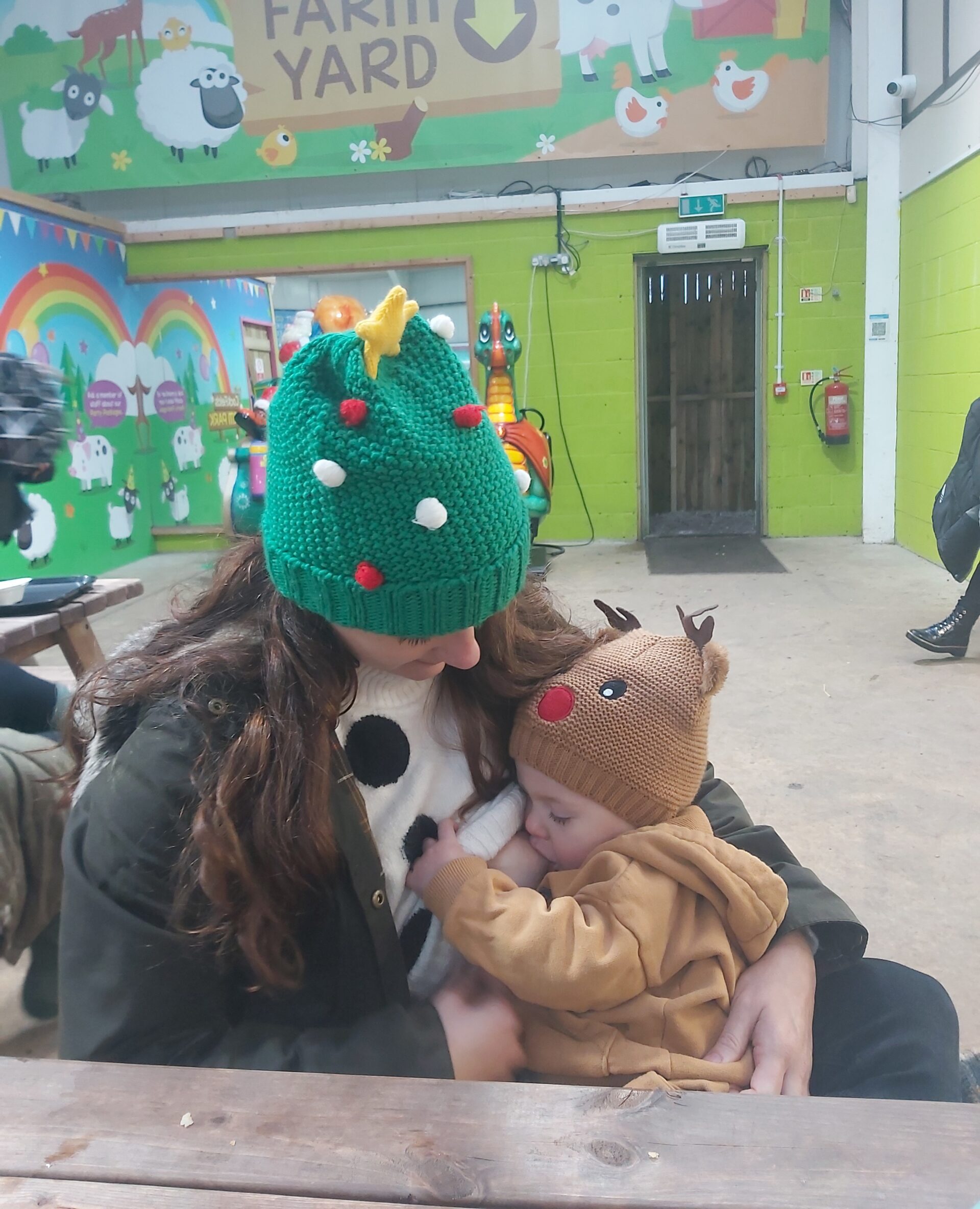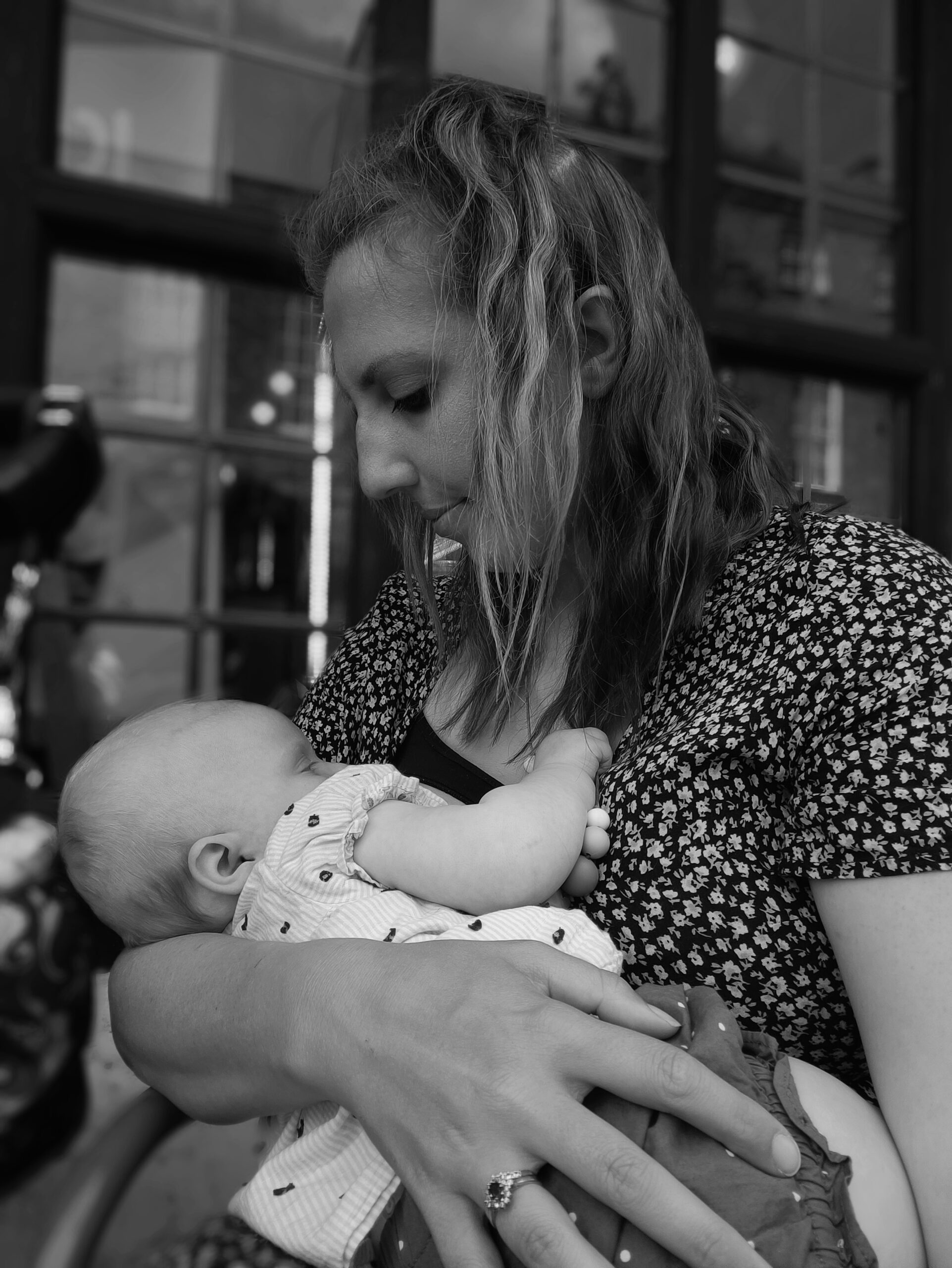When I think about nursing older babies and children, I am filled with joy. For me, it is a feeling of nostalgia as my youngest daughter stopped nursing almost a year ago.
My daughter was three years old and a few months and my fondest memories of nursing are during the toddler stages. This was the stage where my daughter visibly came to the breast for numerous reasons.
Nursing really was a superpower and this was the reason why I found this stage the most enjoyable! If she was upset, nervous, hurt or simply wanted to connect, nursing met all of those emotions. She would pull of the breast and meet me with a smile and you could practically feel the oxytocin pouring out of us.
Nipple twiddling, nurstastics, and nursing aversions
That being said, nursing older babies and children can come with some noticeable drawbacks. This included nipple twiddling that at first, was not too bothersome but became a little bit irritating the older she got. Not only this, but the acrobatics involved can be difficult to contend with and the distraction during the nursing session caused unwelcome nip-lash on a few occasions!
Some parents experience nursing aversion and this can intensify when children are older. One reason for this could be the attachment becoming more ‘lazy’, causing some discomfort and some of us can end up feeling ‘touched out’.
Some parents experience nursing aversion and this can intensify when children are older.
Positioning and attachment for older babies & children
This brings me nicely to positioning and attachment of older babies and toddlers. Ultimately, there is no right or wrong position to use when feeding your older child as the key thing is that it is comfortable for you and that it allows for a deep attachment to the breast.

Ultimately, there is no right or wrong position to use when feeding your older child as the key thing is that it is comfortable for you and that it allows for a deep attachment to the breast.
You may find yourself worried that the latch is becoming lazy but unless it is causing any issues for either of you, it is unlikely to be an issue. If you experience discomfort, encouraging a better attachment by observing it and making tweaks to the position might help. Experiment with different ones and try to find what feels the most comfortable as this may change over time.
Get creative to get comfortable
If the position changes during the nursing session because your toddler has decided to wave their legs in the air or is completely distracted by something else but still latched on, you can end the nursing session and start again. This can help draw their attention back to the feed. To do this, you may find being creative helps. Does your older baby or child have a favourite toy they could hold whilst nursing? Do they enjoy twiddling your necklace and does that help them to become less distracted?
If you are still nursing in a chair that you were feeding in when your child was a newborn, you may find that both of you are becoming squashed and that the chair itself is affecting the positioning and in turn, the latch. So another option could be to try and feed somewhere else.
Being creative when feeding older babies and children can make a world of difference.
References:


















